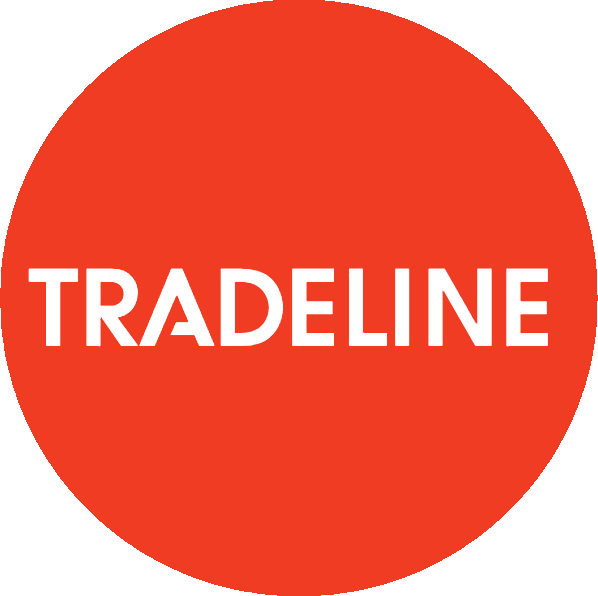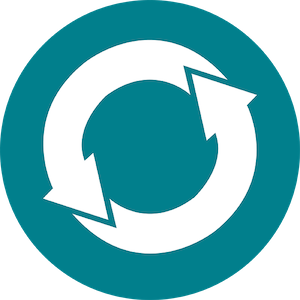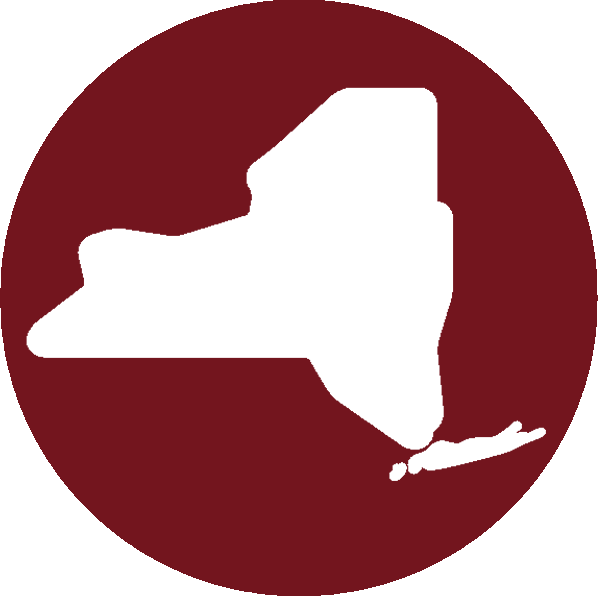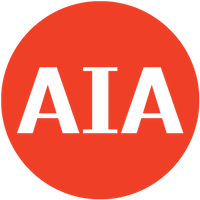Who's on your information superhighway?
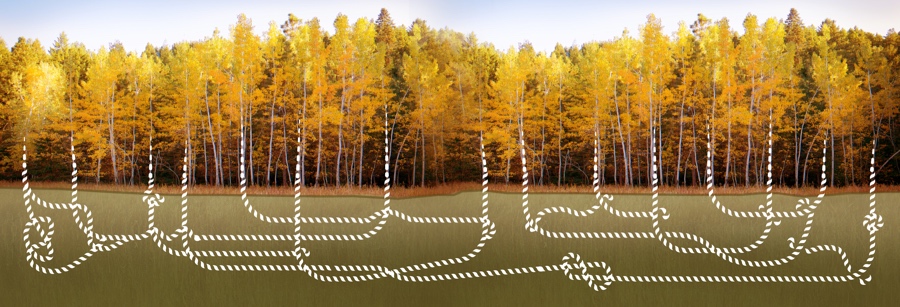
Take a Networking Lesson from Trees
Trees and fungus join forces to create an underground network of shared nutrients and communication. Via this network, trees warn each other of drought, disease and predatory insects. In the deep forest, where saplings are too overshadowed to get direct light, they survive because sugar from older trees is sent through this mycorrhizal network. The fungus helps transmit nutrients, while also taking sugar from the trees. In this way, members of different kingdoms offer each other what they need to prosper.
The month’s On Our Minds is all about networks. Sometimes our networks are visible, and sometimes they’re broader and deeper than we realize. Regardless, they play a critical role in helping us thrive personally and professionally.
On our minds
Social science has long told us that weak ties are important. Studies have directly linked happiness with the casual interactions that make up our daily experience—a chat with an acquaintance after class, a friendly exchange with a barista, saying hi to someone on the street. Now a study involving 20-million LinkedIn users suggests that during a job search, weak ties are much more impactful than strong ones. Often we have similar social networks as those with whom we share “strong ties,” but we have less overlap with our “weak ties.” Overlap is important—it’s the common ground that gets us a foot in the door—but too much overlap offers an echo chamber, rather than new opportunities.
We’ve read a lot over the past few years about how COVID has decimated our “weak ties.” We’ve lost the workplace water cooler, the conversations in line at the bakery near our office, and the happy-hour networking events. But we haven’t read much about all the new weak ties we’ve gained or the new weak ties we stand to gain, due to the COVID-accelerated trend of workplace flexibility.
During quarantine, spending more time on sites like LinkedIn allowed us to appreciate our weak ties and notice how broad our networks really are. In many cases, as we began to rethink our professional goals and expectations, these weak connections offered a path to a new position—or even a new career.
But we also have new face-to-face weak ties that we didn’t have prior to the pandemic. Maybe your newfound scheduling flexibility has allowed you to join a gym or catch your kid’s soccer games. Maybe you’ve had more time to get involved in local politics or with a club or religious organization. Maybe you participated in mutual aid opportunities to help mitigate the effects of the pandemic. We meet new people in these spaces, and they have replaced some of our old weak ties.
Along the way, we’ve realized just how exhausting scheduled social interactions can be. Sometimes when we have less clutter in our lives—less commuting, small-talk, and busywork—we have more energy to actually focus on our interactions. Consequently, our new weak ties, and all the potential connections and opportunities they may offer, may have more heft. We may be able to be more present in these casual exchanges and perhaps gauge new ways of approaching career curves. Sometimes this new approach may even be levied in old places, such as our holiday card list.
The existence of coworking spaces is a tangible, pre-pandemic acknowledgement of the importance of weak ties, or rather, professional ties that extend beyond our own corporate colleagues. Innovation and collaboration are often enhanced when we reach beyond the same small pool that was attracted and hired by an even smaller pool. As we redesign our offices to accommodate a remote and hybrid present and future, we need to keep in mind the value of all types of ties—those we chat with in a cafe, as well as those we sit beside in a conference room. We need to create spaces where workers can enrich existing ties and build new ones. Maybe that means reconfiguring underused portions of our offices as external coworking spaces, share with another company or even a non-profit. Rather than dragging reluctant employees back to the office, maybe we should reconfigure portions of our office to resemble the third spaces where everyone chooses to work these days.
We’re tired of hearing about the dichotomy of digital versus in-person or weak versus strong ties. It’s not either/or; it’s the more, the merrier—unless it’s the less, the merrier. And all of these approaches make up our palette of options. It’s just that now, we get to custom-design our “water cooler.”
We have more choice over where we are when, which means we have more choice over how much energy we devote to weak ties on any given day. And in this more expansive place, we also have more space to decide which of those weak connections are meaningful enough to elevate to medium or even strong connections. It’s not that COVID has left us with no access to weak connections; it has simply shifted where our weak connections start.
Going back to the trees, it’s about creative ways of knowing and being that work to all of our mutual benefit. Remote and hybrid jobs are providing new opportunities for networking, even as some (more familiar, possibly more played-out) opportunities are cut off. We still have access to all the networks we’ve ever had, if we choose to put our energy there. However, our new circumstances also offer new networks. Less water cooler chatter may mean more of the type of serendipity that ultimately leads to more agency and more fresh opportunities.
From the archives
In the recent-ish past, October has been a time for costumes, coworking, and multisensory candy.
And speaking of ear-candy, here’s a playlist about connections that puts M.I.A. and Bob Dylan in the company of Kermit the Frog. Enjoy all those serendipitous intersections!
In Case You Missed It
Last month we talked about the stress that comes with making choices. Sometimes we choose to miss out, and that’s totally fine. Skip the FOMO and catch up here.
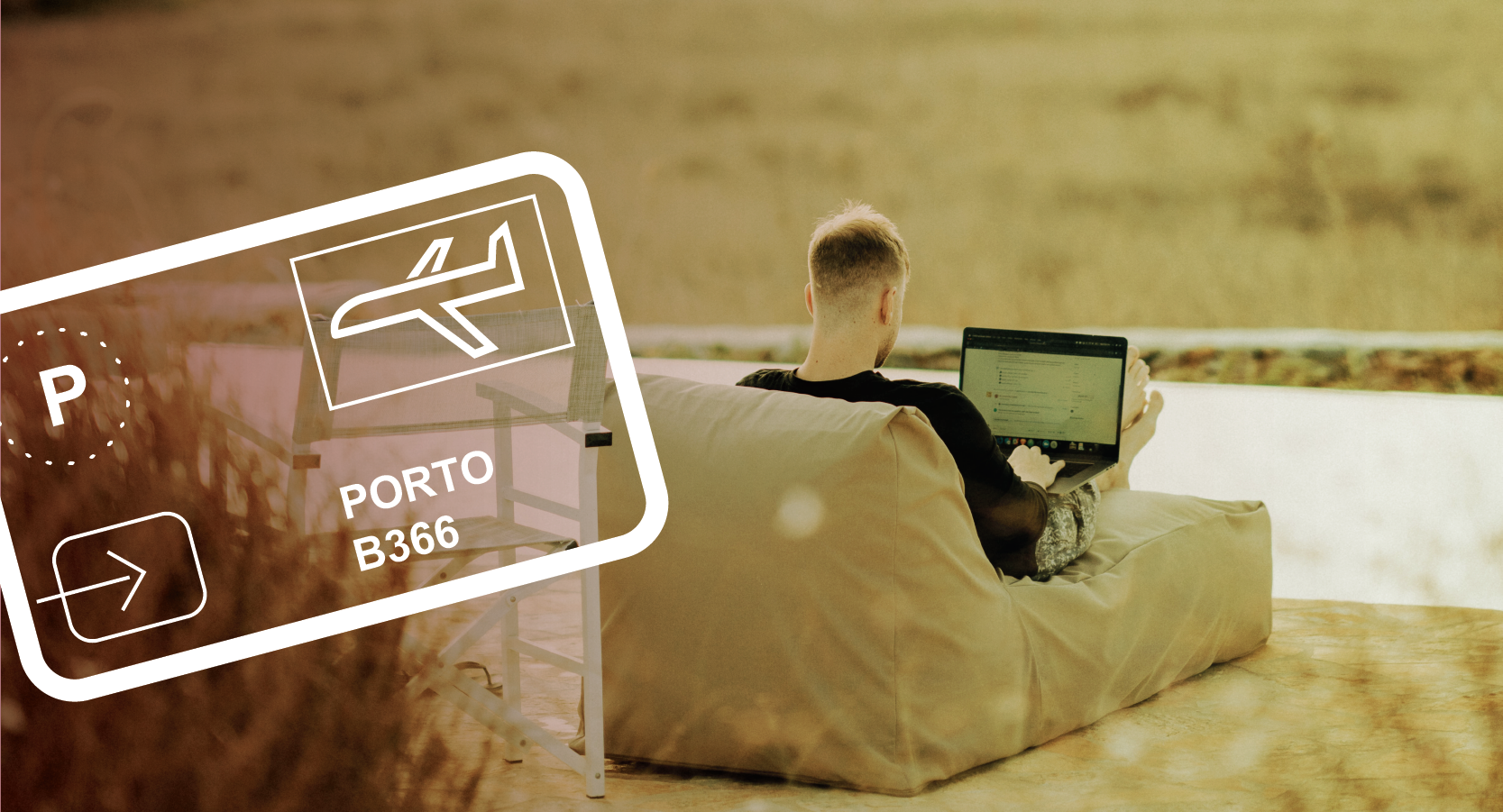
Nomadic Worker?
Portugal rolls out the welcome mat with a new remote-workers visa. Now there's one more option for the work anywhere generations!
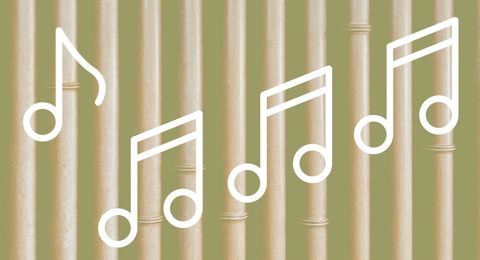
Modern Controversy in a Historic District
Tourists are raising their cameras and some preservation-minded designers are raising eyebrows over this innovative new building in Shanghai.
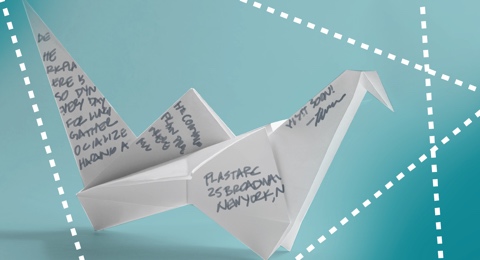
Word Origami
Before the invention of envelopes, folding your letters was an art. Compare these tricks to modern information security systems.
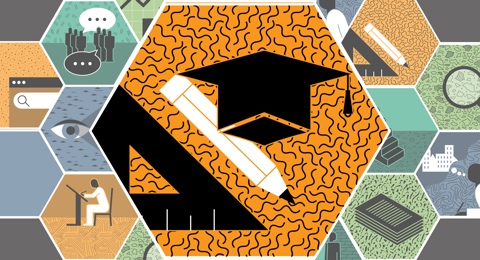
Teach the Architects Well
What’s great and what isn’t about how we’re educating architects? This AIA NY panel included architects, professors, and recent students, all of whom weighed in.
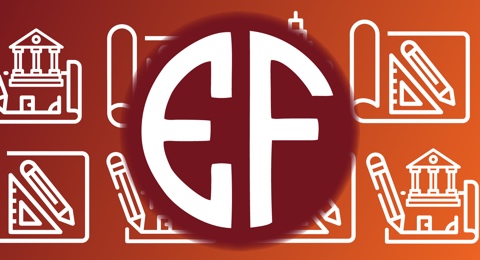
Edward Feiner Will be Missed
Ed Feiner, design leader, first Chief Architect of the USA, and the catalyst behind GSA's Design Excellence program, died at 75.
Looking Ahead
Join some other movers and shakers in shaking things up, at these fabulous Fall events.


